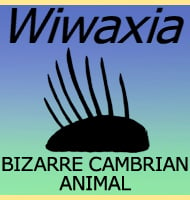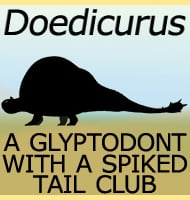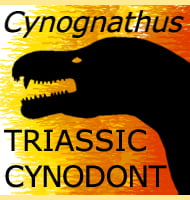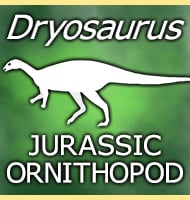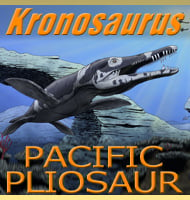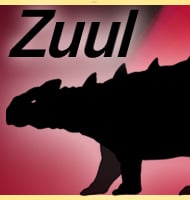In Depth
Eoalulavis was the first Mesozoic bird known to have had an alula, more commonly known as a bastard wing. The alula is a small extension to the anterior (front) edge of the wing that serves as an attachment point for a few additional small flight feathers. When extended, the alula both increased low speed flight manoeuvrability as well as reducing the actual stall speed so that the bird can slow down for a softer and more precise landing. All modern birds possess an alula on each wing, and while there have been several theories alluding to the development of the alula, the most likely which has the most support from current fossil evidence is that the alula evolved in the enantiornithes birds like Eoalulavis.
Further Reading
- An Early Cretaceous bird from Spain and its implications for the evolution of avian flight - Jose L. Sanz, Luis M. Chiappe, Bernardino P. P�rez-Moreno, Angela D. Buscalioni, J. J. Moratalla, F. Ortega & F. J. Poyato-Ariza. 1996.- Flight reconstruction of two European enantiornithines (Aves, Pygostylia) and the achievement of bounding flight in Early Cretaceous birds. – Palaeontology. 61 (3): 359–368. – Francisco J. Serrano, Luis M. Chiappe, Paul Palmqvist, Borja Figueirido, Jes�s Marug�n-Lob�n & Jos� L. Sanz – 2018.

